Hanoi, the capital, is not only a political, economic, historical and cultural center but also a creative tourist destination. The combination of traditional heritage and innovation is attracting more and more domestic and foreign tourists.
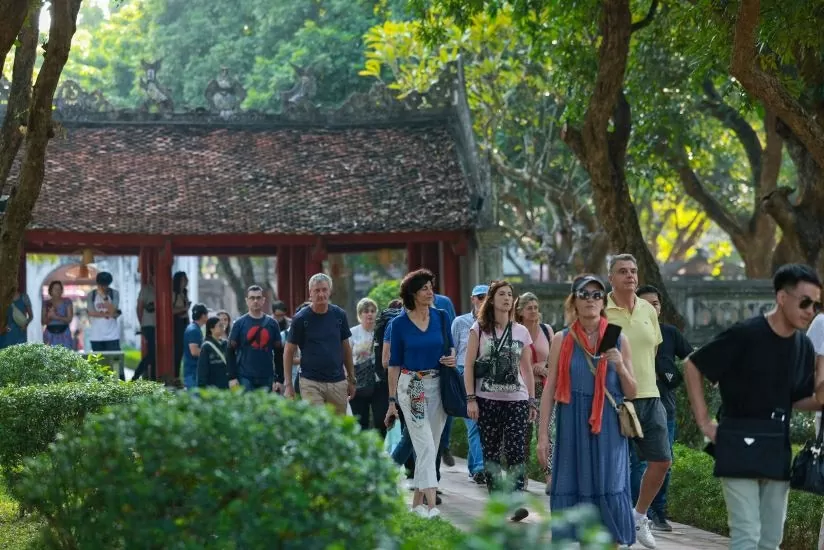 |
| Hanoi has many opportunities to promote tourism. (Photo: Hai Nguyen) |
Driving force for creative tourism
Recognized by UNESCO as a "Creative City" in 2019, this is not only a recognition but also opens up opportunities for Hanoi to develop unique tourism products.
Today’s exploration trends are changing, not only stopping at sightseeing but also moving towards experience and creativity. To meet this need, tourism models applying digital technology, developing creative spaces and exploiting unique cultural values are increasingly focused on.
Joining the network of creative cities not only helps to enhance the tourism brand but also creates conditions for the capital to develop new products. The land of a thousand years of civilization owns nearly 6,000 relics, more than 1,350 traditional craft villages and a strongly developing creative ecosystem. According to the Hanoi Department of Tourism, in 2023, the number of visitors will reach more than 24 million, including 4.3 million international visitors, an increase of 2.2 times compared to the previous year. This is a positive sign that the demand for creative tourism experiences is growing.
In addition to its rich cultural resources, the city also has policies to encourage the development of this sector. Cooperation programs with international organizations help enhance creative capacity, while events such as Design Week or Hanoi International Film Festival contribute to creating a playground for young talents and creative businesses. Many investment projects in art spaces, interactive museums and creative centers are also being implemented, providing many options for visitors.
In addition, the trend of personalized tourism and the need to explore local identity are increasing. Tourists not only want to see but also want to participate in creative activities, from learning to make pottery, paint lacquer paintings to experiencing virtual reality technology in museums. This creates motivation for Hanoi to continue developing new and attractive tourism products.
In fact, surveys from the tourism industry show that the majority of young tourists want to participate in practical activities when visiting creative cities.
Applying technology to tourism
To meet new tastes, cultural destinations are gradually applying technology to preserve and promote heritage. Thang Long Imperial Citadel now offers virtual reality (VR) experiences, helping visitors explore historical spaces in a vivid way. Van Mieu – Quoc Tu Giam also applies augmented reality (AR), bringing a fresh perspective on ancient education. Some museums are experimenting with digital exhibitions, helping to enhance visitors' interactive experiences.
In addition, the experiential tourism model is being promoted. Spaces such as Bat Trang pottery village, Dao Thuc water puppetry group or Dong Ho painting workshop not only preserve traditional art but also allow visitors to directly participate in the creative process. In 2023, tours such as "A day as a ceramic artist" or "Learn to make green rice cakes" attracted thousands of visitors. These programs not only bring unique experiences but also contribute significantly to the development of traditional craft villages.
In addition, utilizing public spaces to develop art tourism has also brought about positive effects. Phung Hung Mural Street and outdoor stages around Hoan Kiem Lake have become attractive destinations where visitors can enjoy traditional and contemporary art performances. Street art and cultural activities such as traditional music performances, portrait painting or painting exhibitions are also increasingly popular, bringing a new look to urban tourism.
Not stopping there, the development of night tourism models is also creating a new breeze for the creative tourism industry. Programs such as "Thang Long Imperial Citadel Night" or "Hanoi Memories" at the Opera House have attracted the attention of many international tourists. The combination of lighting technology, performing arts and historical content helps night tours become a popular trend.
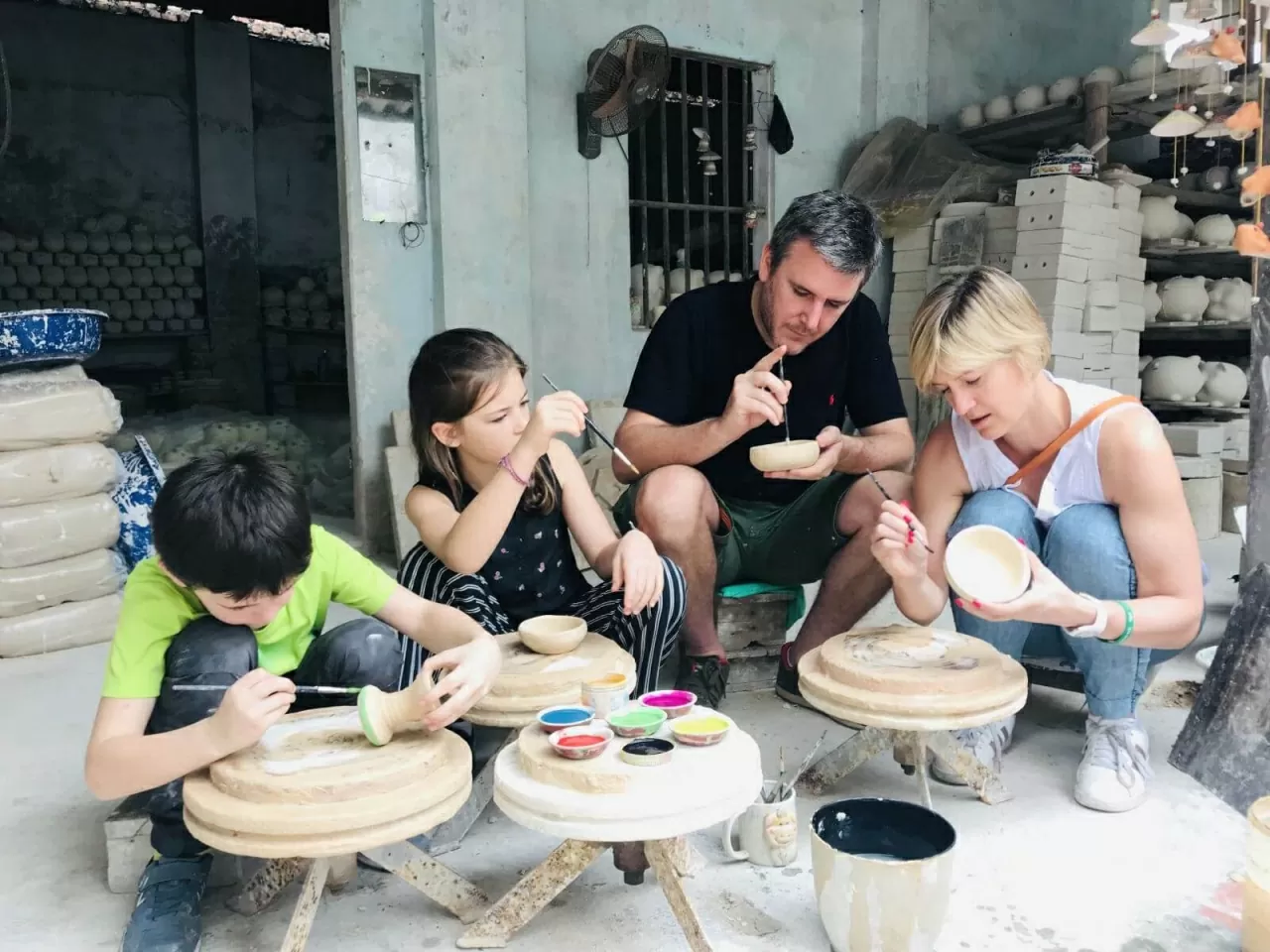 |
| Foreign tourists enjoy the experience of making pottery. (Source: New Rural Magazine) |
Highlights from creative spaces
The creative community plays an important role in the development of creative tourism. Groups of artists, designers, and architects are actively involved in the process of transforming urban spaces into unique destinations. Models such as the Vincom Center for Contemporary Art (VCCA) or The Outpost have proven that creative spaces can become attractive destinations, attracting visitors not only to visit but also to experience contemporary art.
In addition, many artisans from craft villages are also actively participating in the process of tourism innovation. Workshops on pottery making in Bat Trang, lacquer painting in Ha Dong or making do paper in Yen Thai craft village not only help preserve heritage but also bring interesting experiences to tourists.
Not only artists or artisans, the local community is also contributing to enriching creative tourism products. Local guides, who are knowledgeable about culture and history, are organizing walking tours, exploring ancient French architecture or experiencing rustic life in the Old Quarter. Connecting the community with creative tourism not only creates many new products but also helps tourists have a more authentic and in-depth perspective on Hanoi culture.
According to Director of Hanoi Department of Tourism Dang Huong Giang, Hanoi continues to affirm itself as one of two tourist distribution centers, a leader in promoting tourism development in the Red River Delta, the North as well as the whole country.
The Capital Tourism Industry has proactively and creatively developed a plan to develop night tourism combined with exploiting the unique cultural elements of the Capital, considering this a new, key tourism product. For the international market, the Capital Hanoi continues to affirm its position, image, and brand as one of the leading attractive and unique tourist destinations in the region as well as in the world.
Despite its potential, creative tourism still faces many challenges. Balancing preservation and innovation is not an easy task. Applying technology to relics needs to be done delicately so as not to lose their original value. In addition, the support mechanisms and policies for creative spaces are still limited, making it difficult for many artists and businesses to implement new models.
However, with a long-term strategy and thorough investment, the capital's tourism industry is aiming to welcome over 30 million visitors by 2025, including over 7 million international visitors. Total revenue from this sector is expected to reach over VND130 trillion, making an important contribution to the capital's economic growth. If Hanoi continues to systematically develop creative tourism products, the city can become one of the leading creative tourism centers in Southeast Asia.
In April 2025, Vietnam will host the Partnership for Green Growth and the Global Goals 2030 (P4G) Summit in Hanoi. Hosting this event is considered an opportunity for Vietnam in general and Hanoi in particular to promote green tourism, strengthen relations with partners, mobilize resources for socio-economic development, respond to climate change and sustainable development of the country. The Partnership for Green Growth and the 2030 Global Goals (P4G) High-Level Forum was established in 2017 at the initiative of the Danish Government. It is one of the world's leading forums for promoting public-private partnerships, connecting governments, businesses and socio-political organizations to jointly develop breakthrough solutions for green growth; thereby contributing to the implementation of the 2030 Sustainable Development Goals (SDGs). To date, P4G has 12 member countries, including: Denmark, Chile, Mexico, Vietnam, Korea, Ethiopia, Kenya, Colombia, Netherlands, Bangladesh, Indonesia and South Africa, with the participation of more than 90 countries, international organizations and businesses. |
Source: https://baoquocte.vn/du-lich-ha-noi-vuon-minh-tren-nen-tang-sang-tao-308868.html


![[Photo] Dong Ho Paintings - Old Styles Tell Modern Stories](https://vstatic.vietnam.vn/vietnam/resource/IMAGE/2025/3/29/317613ad8519462488572377727dda93)

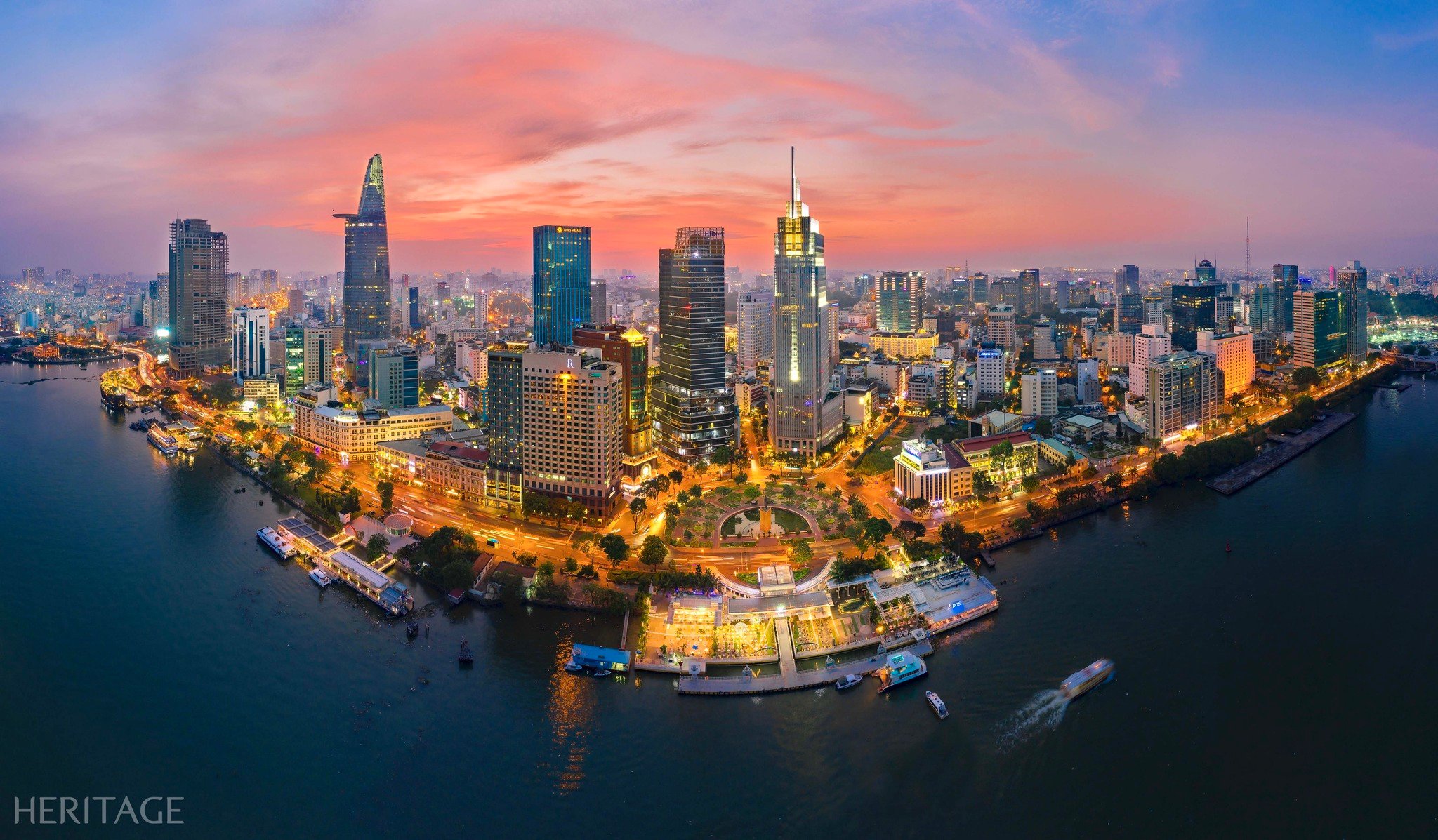


![[Photo] Prime Minister Pham Minh Chinh chairs meeting to urge highway projects](https://vstatic.vietnam.vn/vietnam/resource/IMAGE/2025/3/29/6a3e175f69ea45f8bfc3c272cde3e27a)
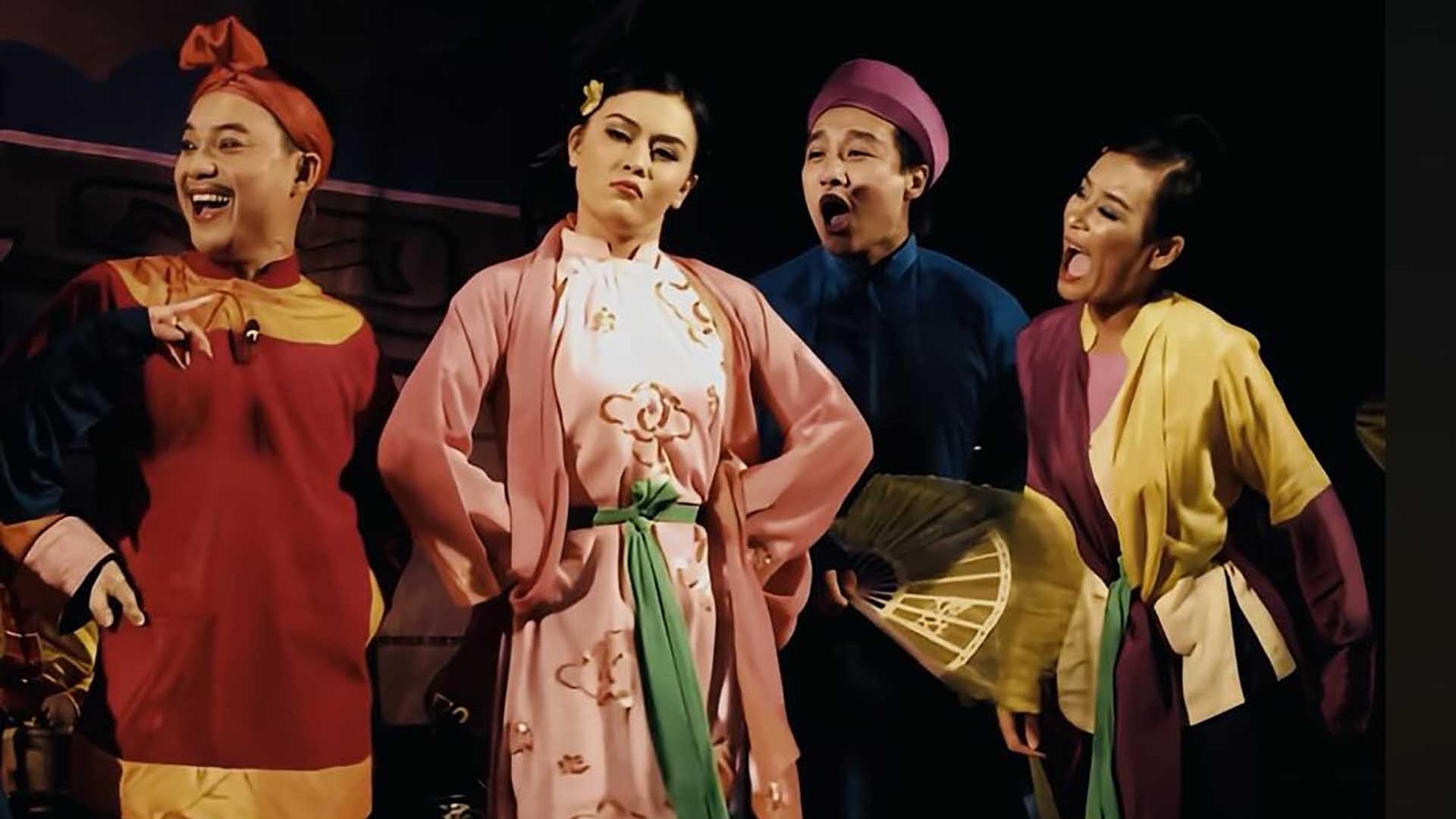
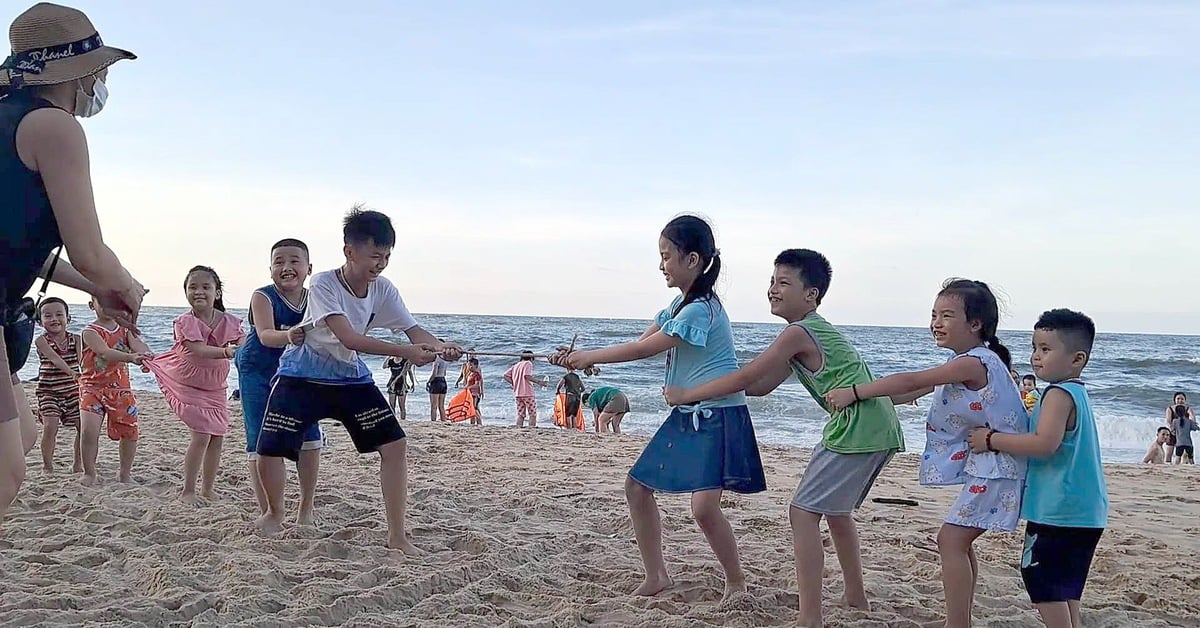
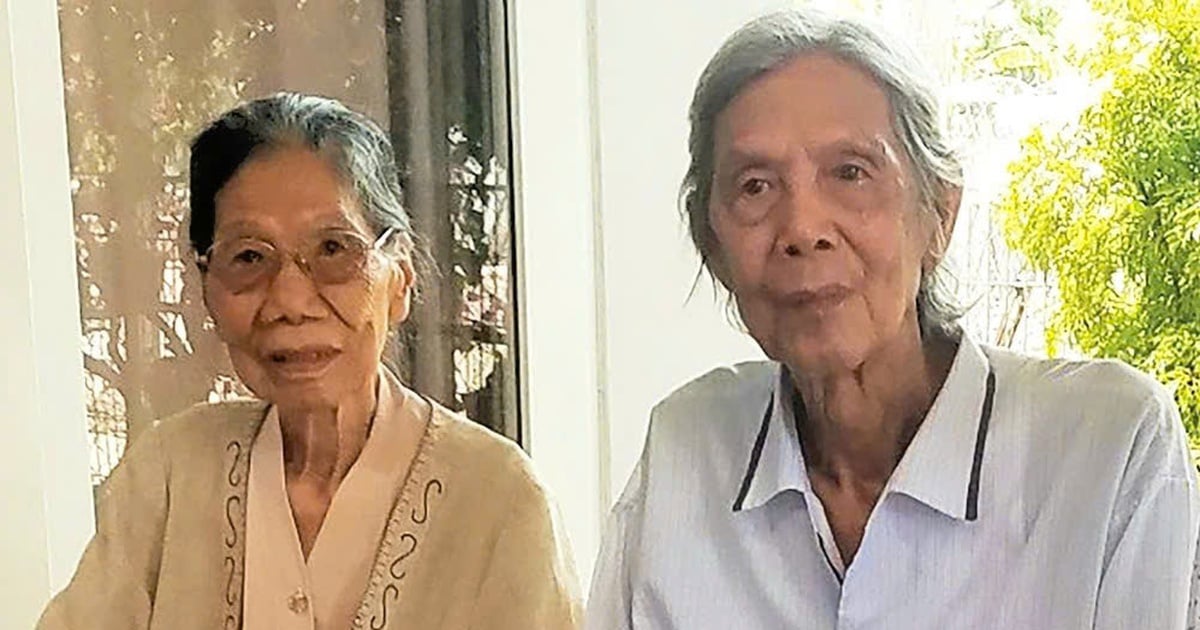
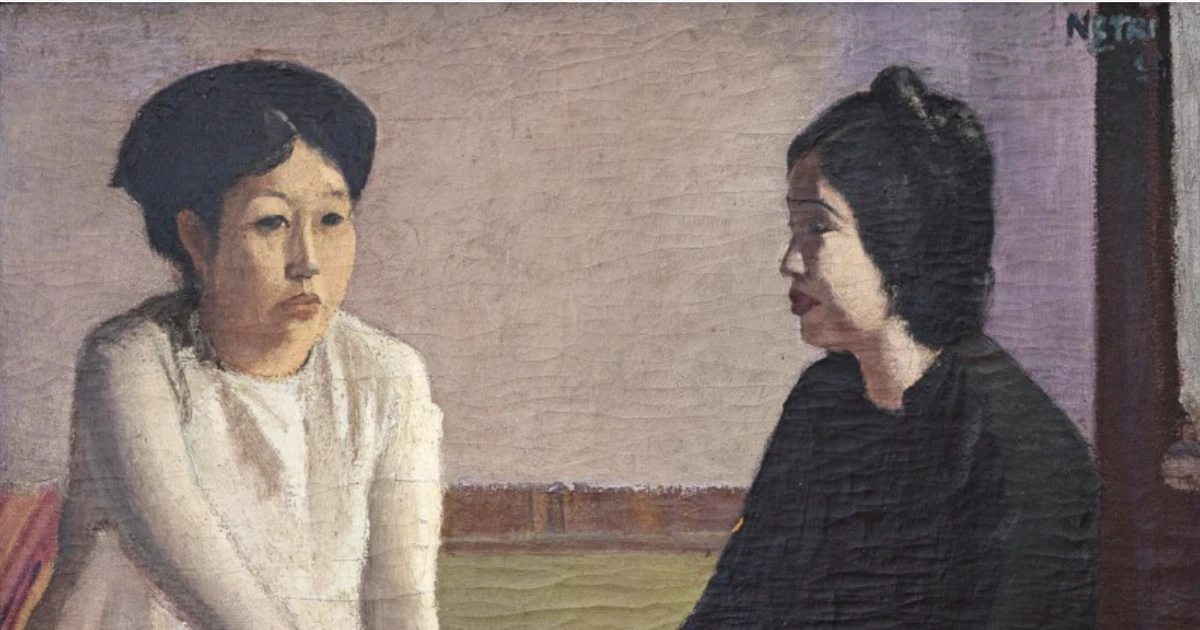




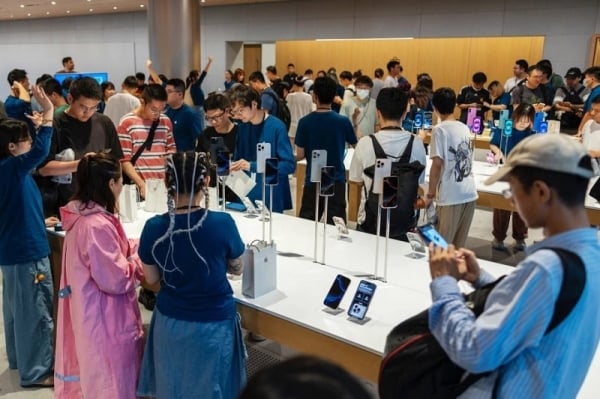



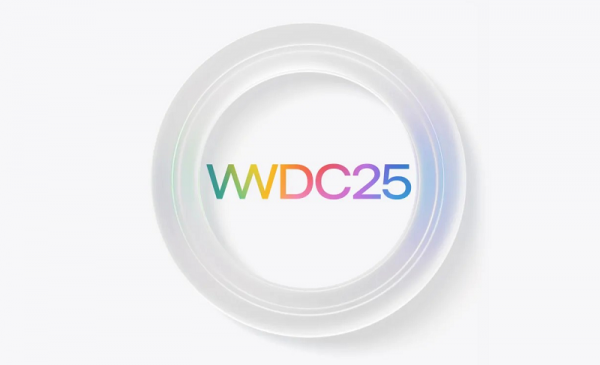
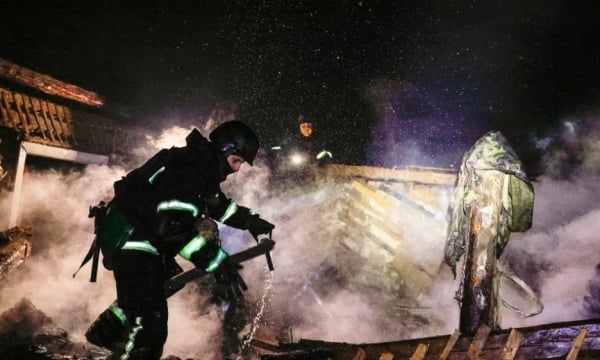

![[Photo] Prime Minister Pham Minh Chinh and Brazilian President Luiz Inácio Lula da Silva attend the Vietnam-Brazil Economic Forum](https://vstatic.vietnam.vn/vietnam/resource/IMAGE/2025/3/29/f3fd11b0421949878011a8f5da318635)
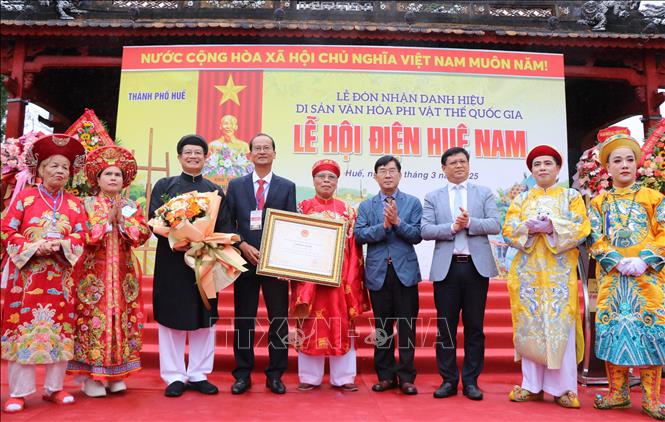

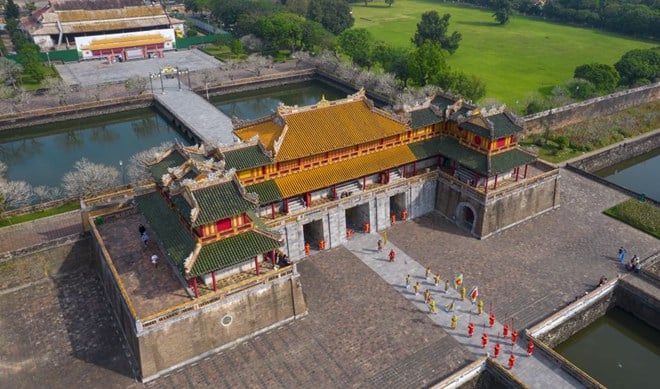

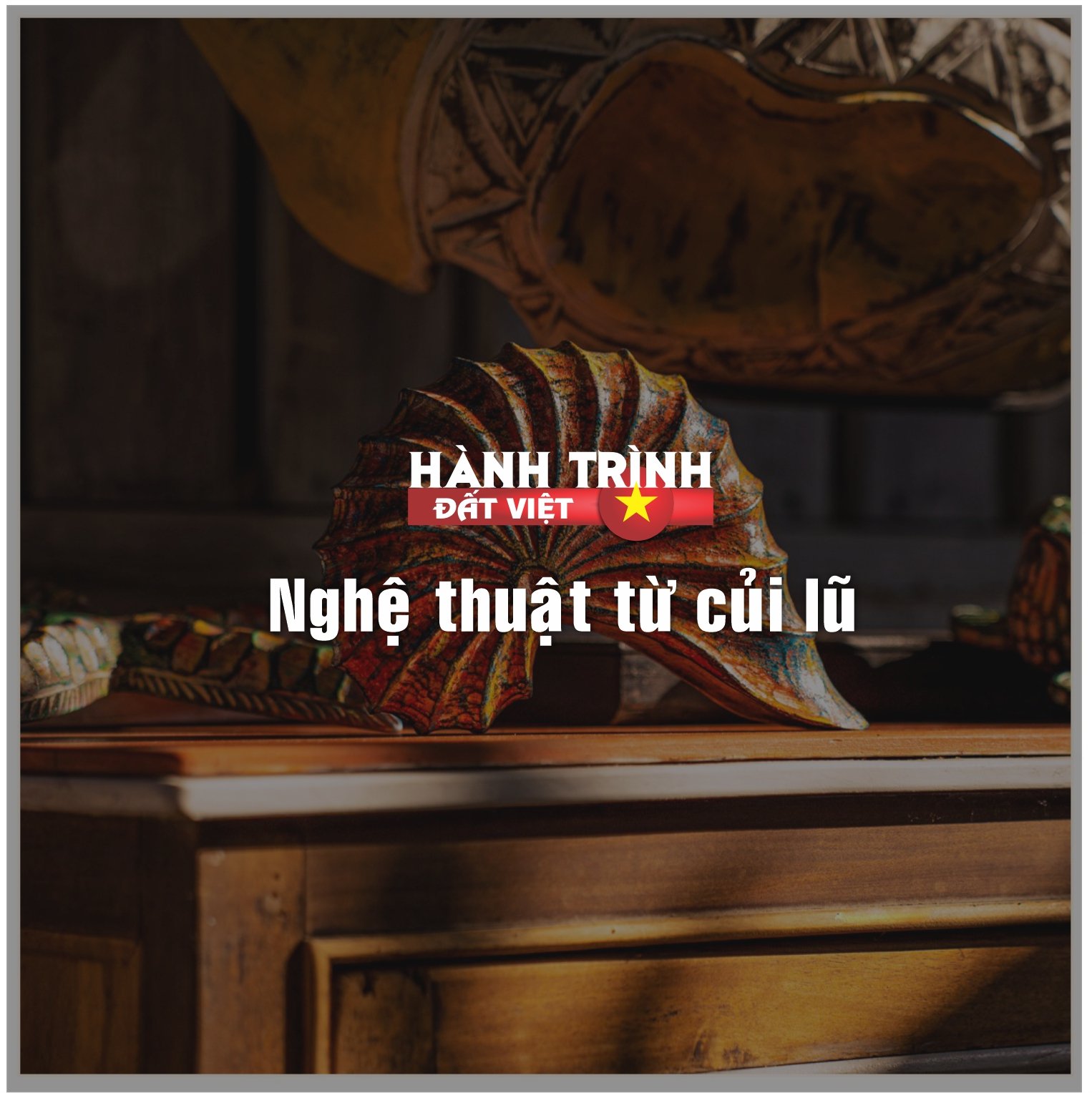

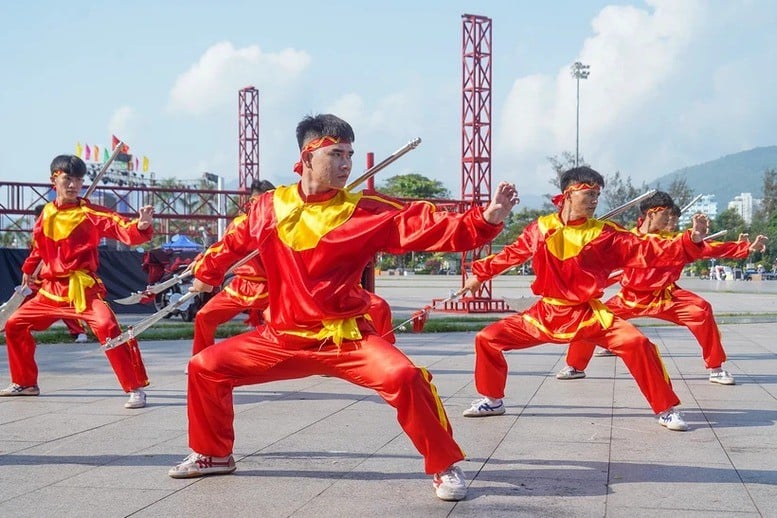



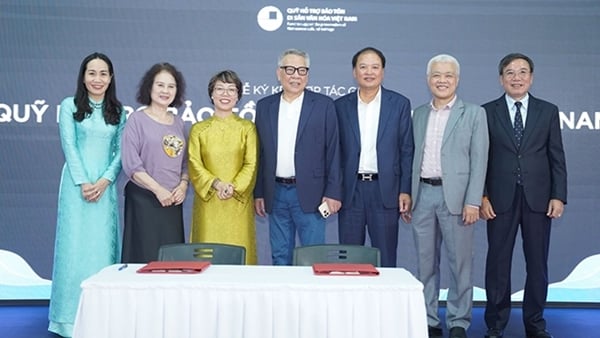
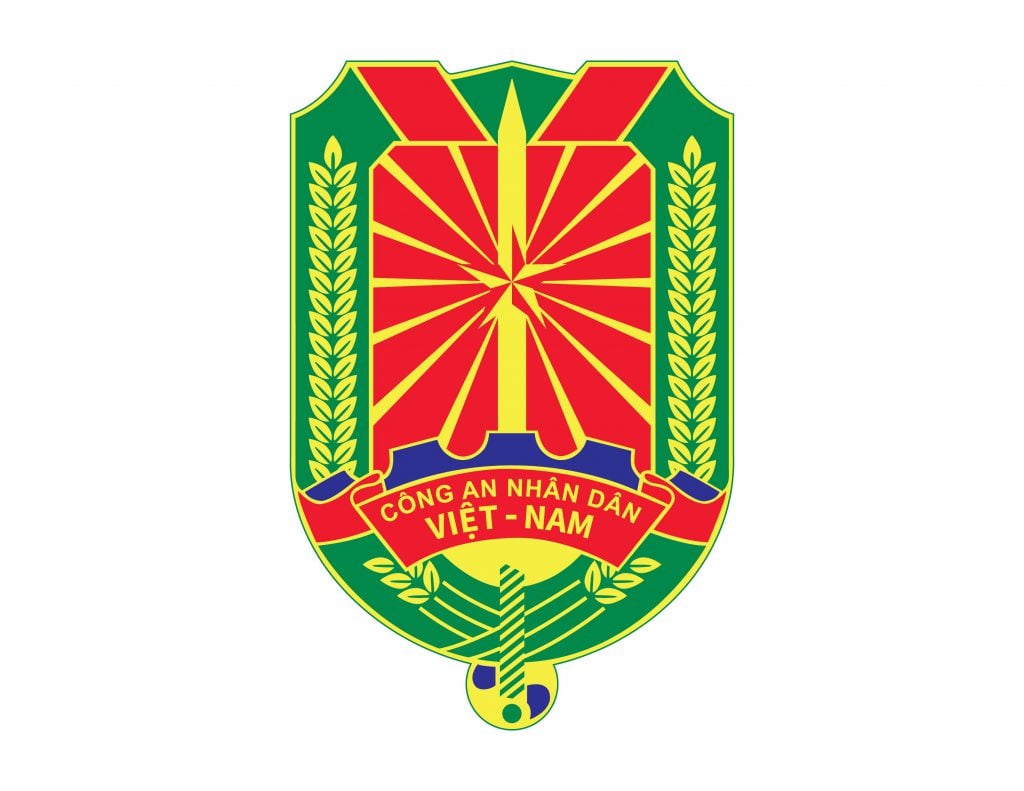




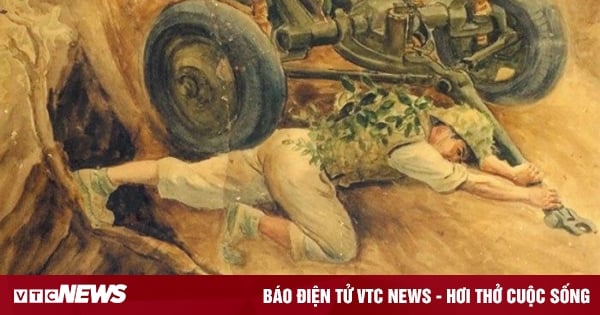













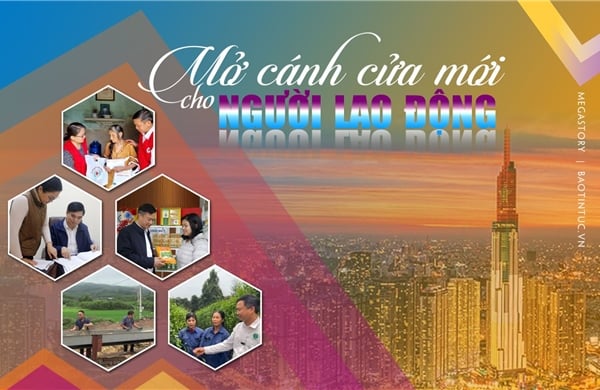
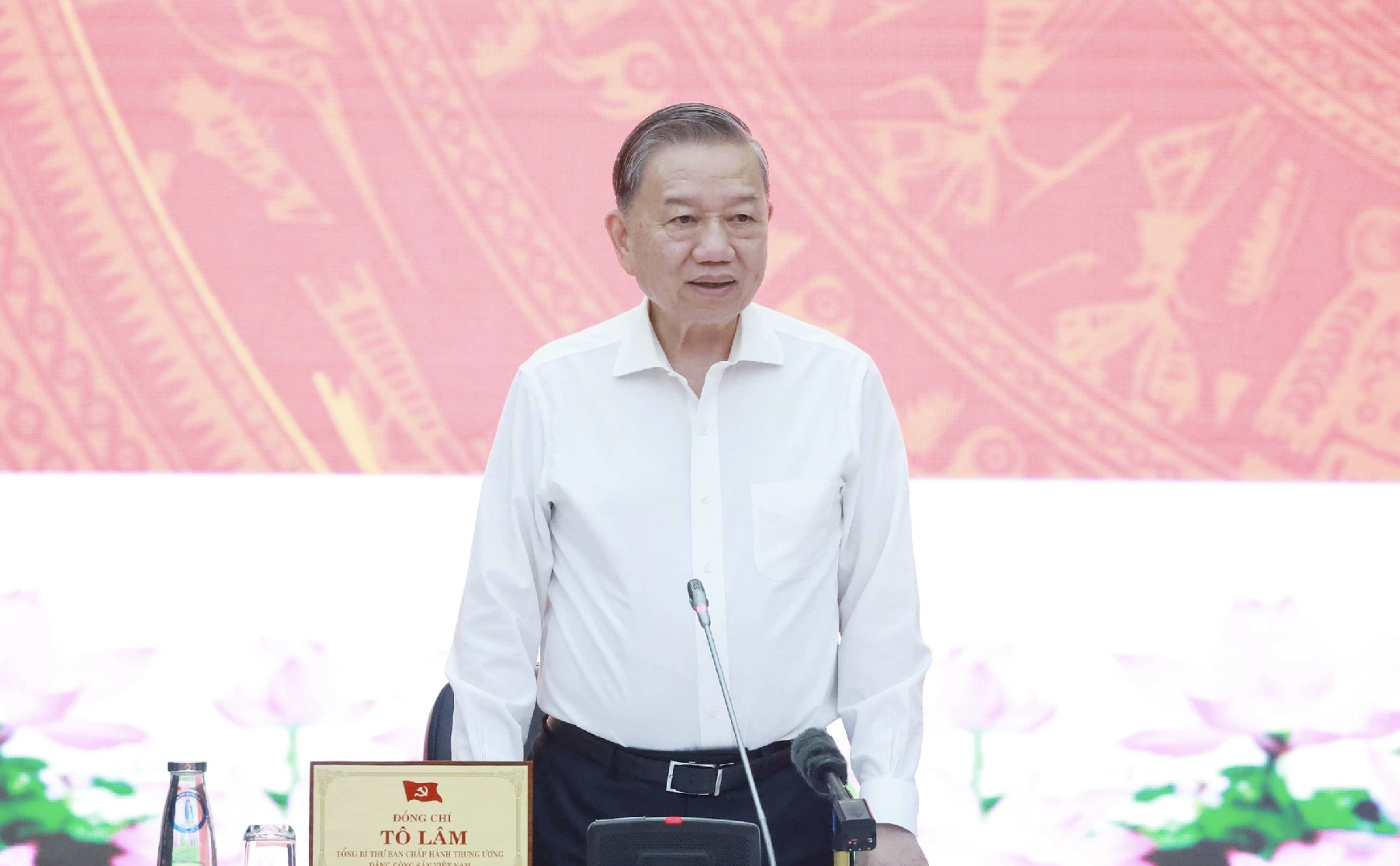

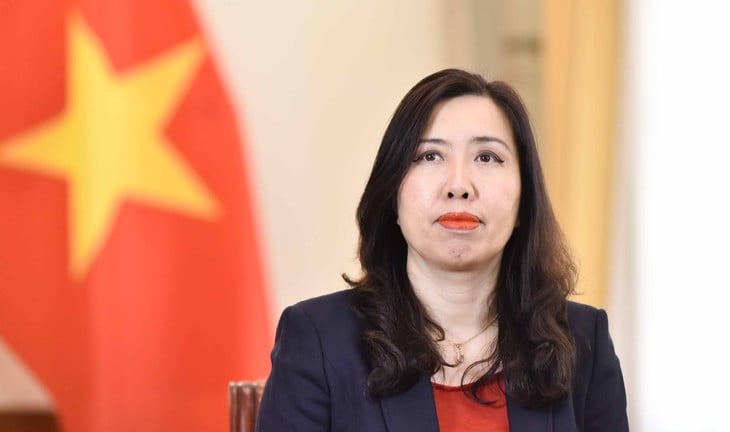


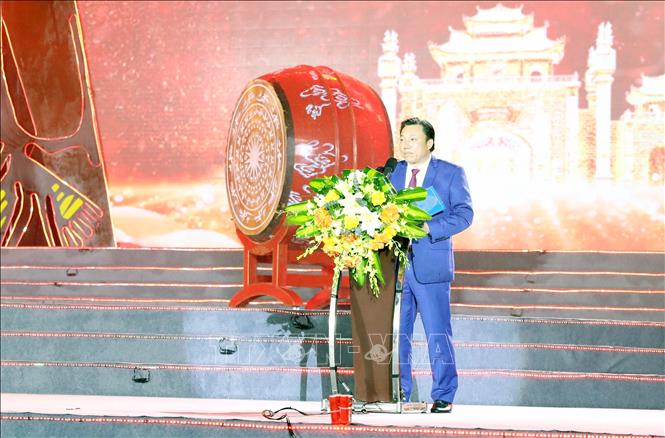
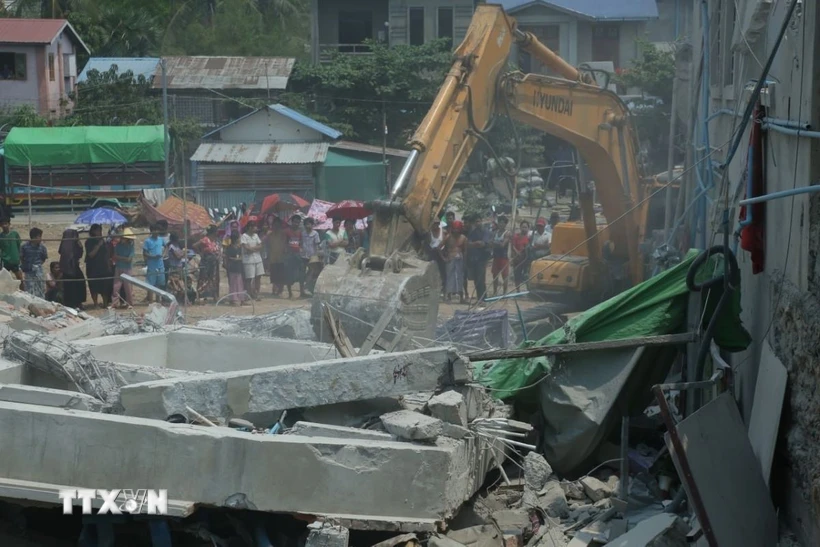
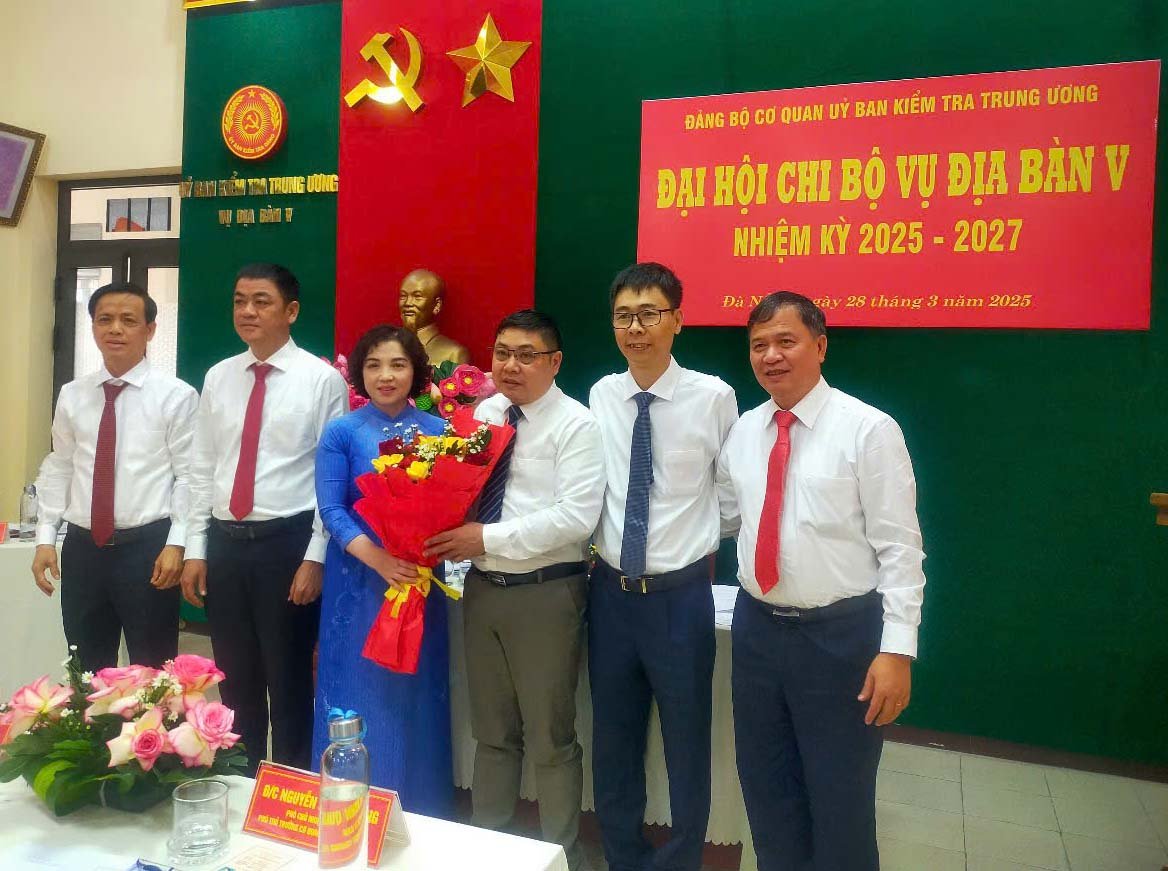

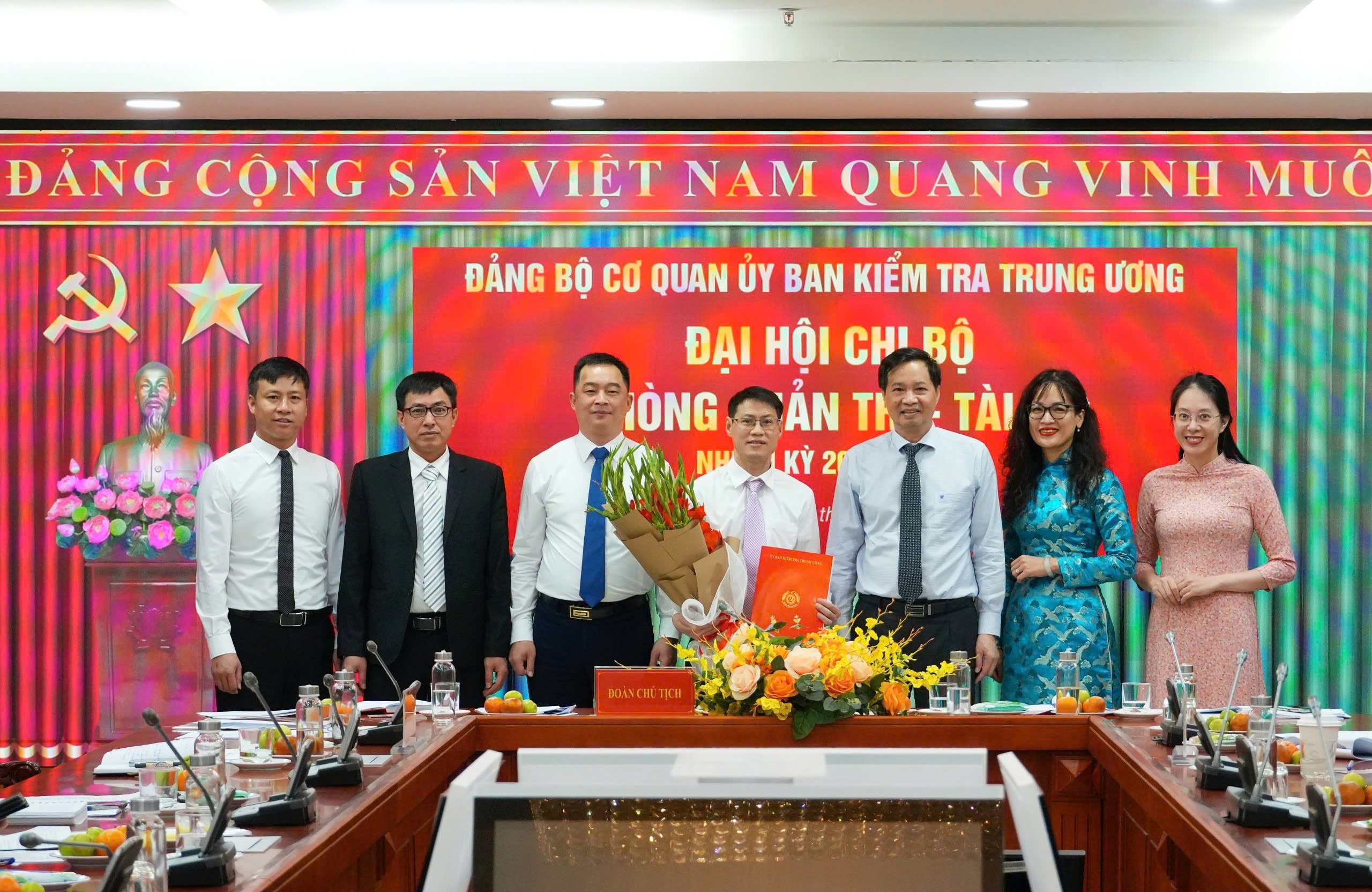
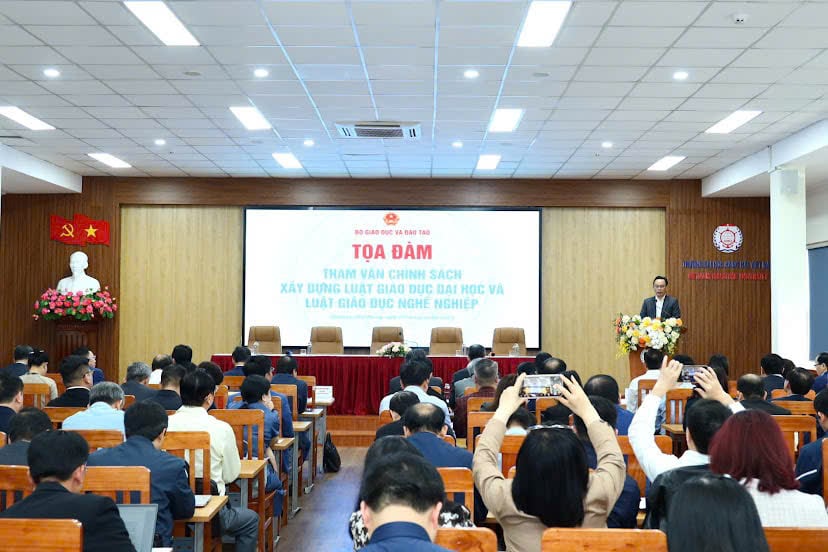

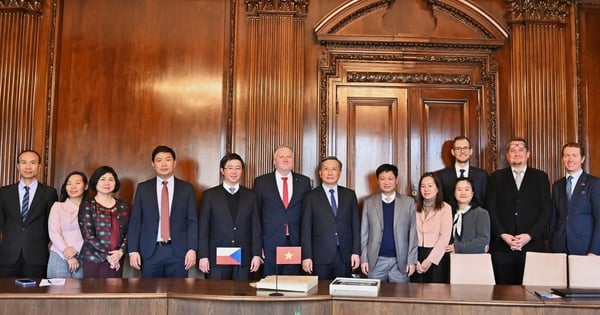

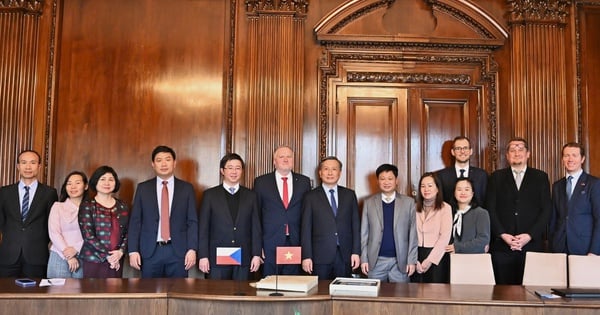
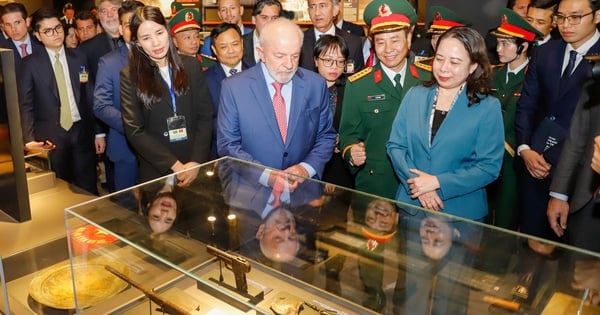

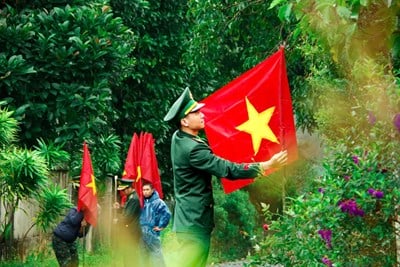

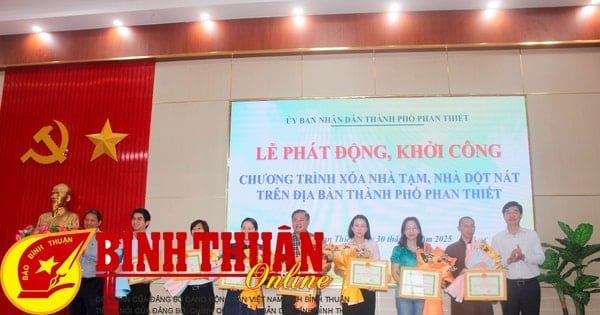

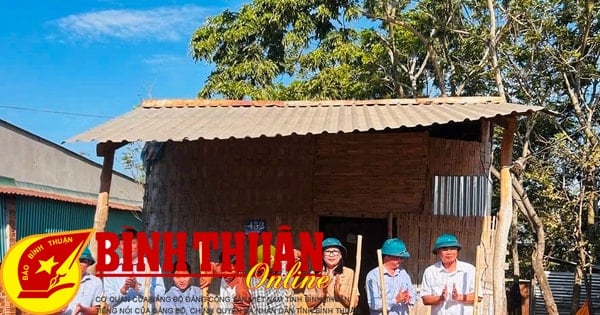

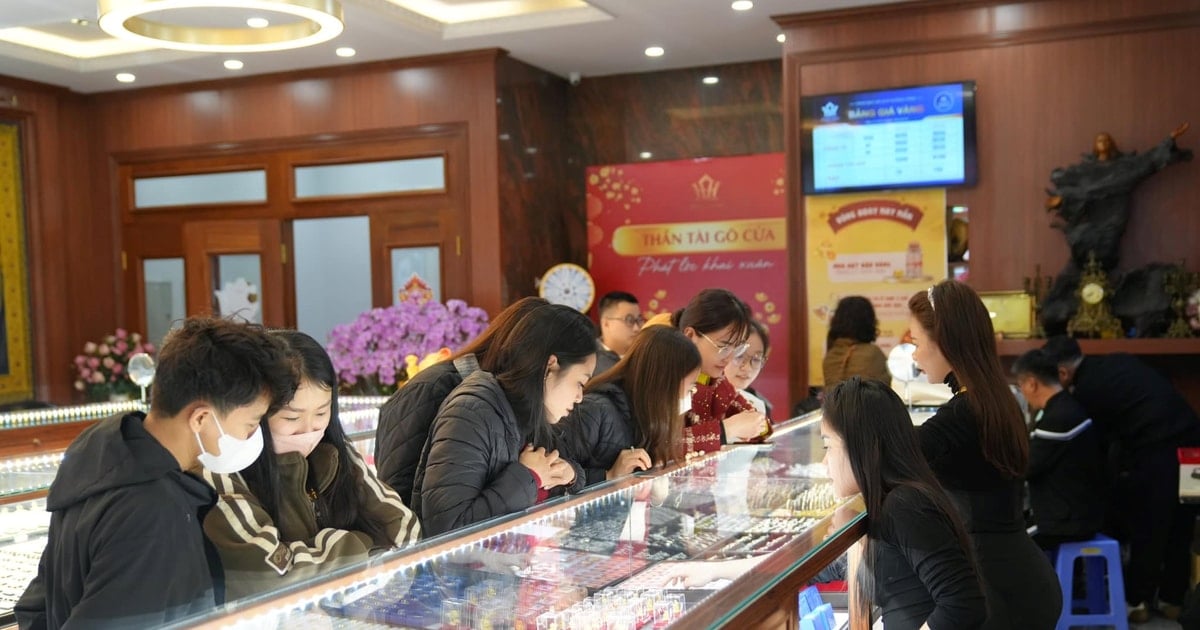

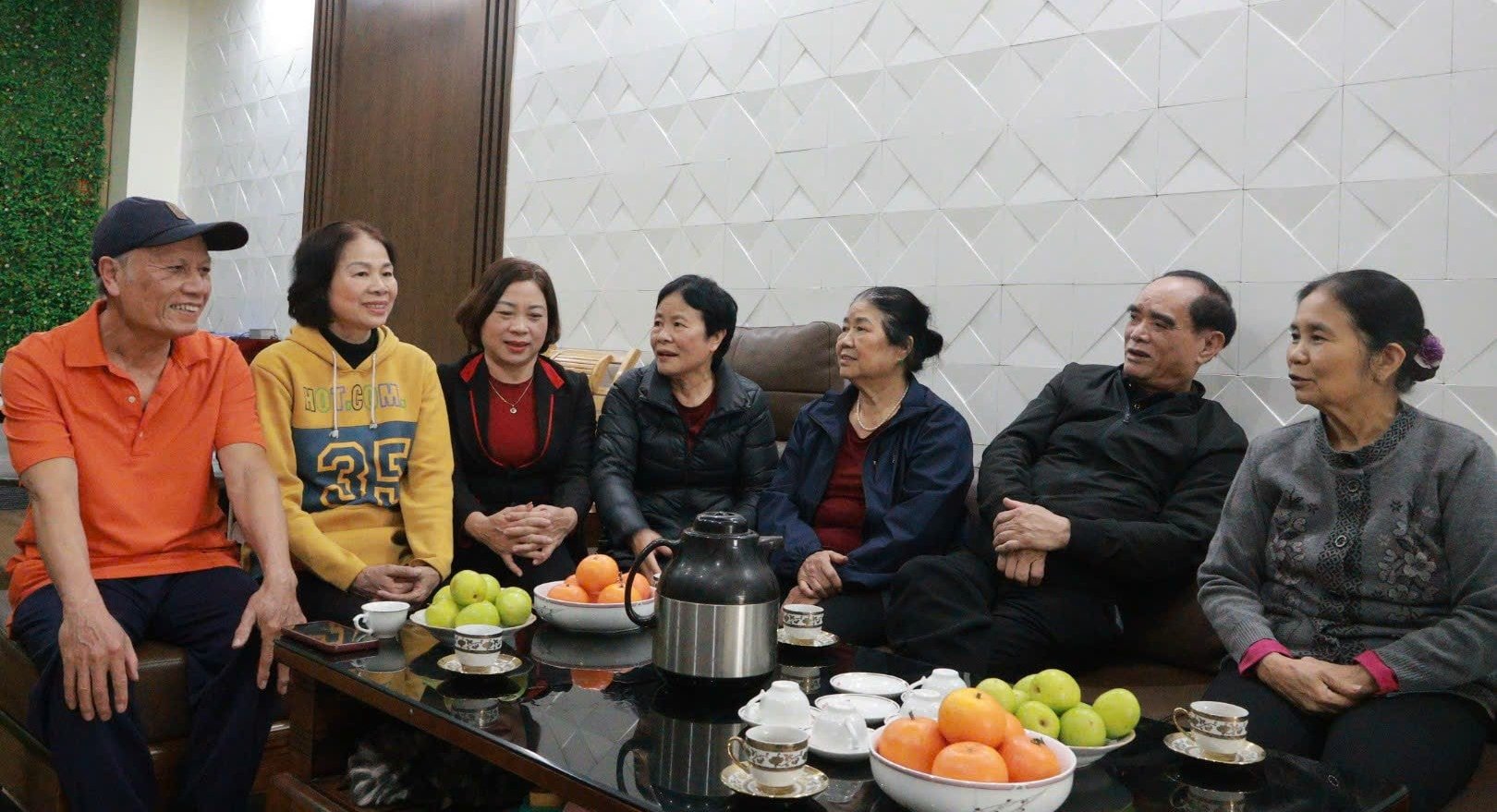

![[REVIEW OCOP] An Lanh Huong Vet Yen Cat](https://vstatic.vietnam.vn/vietnam/resource/IMAGE/2025/3/27/c25032328e9a47be9991d5be7c0cad8c)




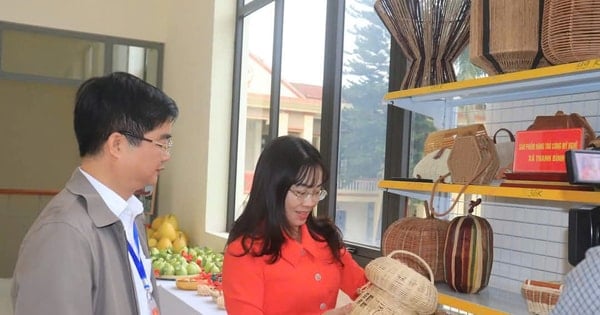

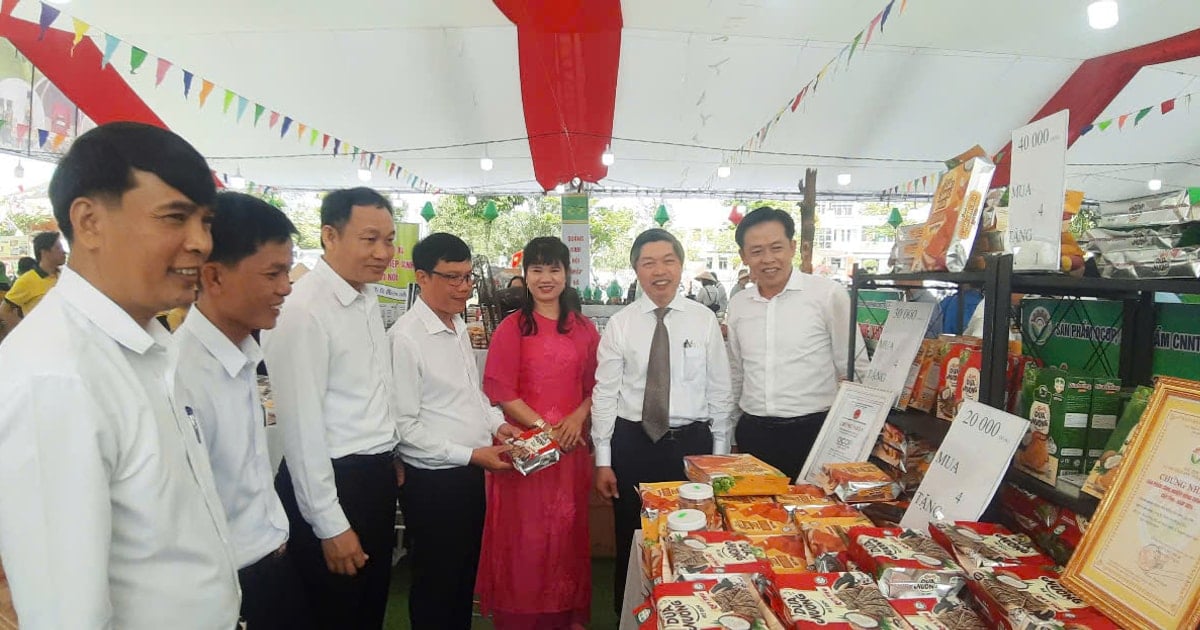


Comment (0)